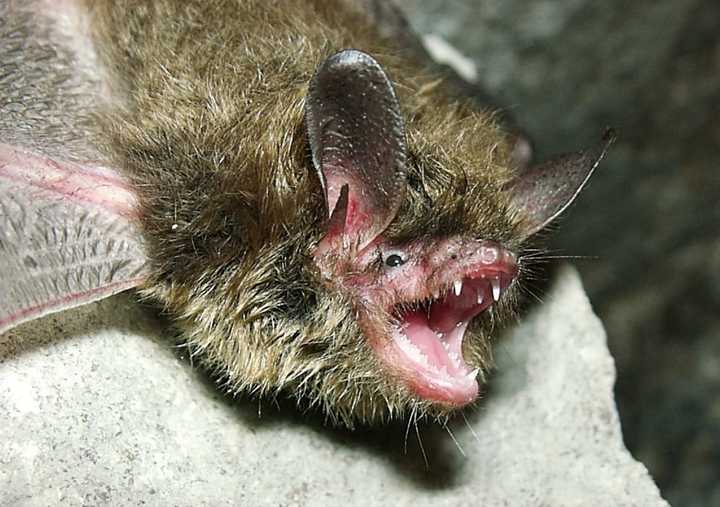The US Fish and Wildlife Service has reclassified the northern long-eared bat (Myotis septentrionalis) as endangered as the species faces extinction due to the impacts of white-nose syndrome, a deadly disease that affects hibernating bats across North America.
As of 2015, the species was listed as “threatened," but as the impacts of the disease continue to rapidly expand, they will be endangered officially as of Jan. 30, 2023.
The species has been listed as "endangered" in Canada since 2014.
US Fish and Wildlife Service Director Martha Williams said that the listing “is an alarm bell and a call to action.”
“White-nose syndrome is decimating cave-dwelling bat species like the northern long-eared bat at unprecedented rates,” she said. "The Service is deeply committed to working with partners on a balanced approach that reduces the impacts of disease and protects the survivors to recover northern long-eared bat populations.”
The northern long-eared bat is found in 37 states, largely in the eastern, northern, and central US, and the District of Columbia. They contribute upwards of $3 billion annually to the US agriculture economy through pest control and pollination, according to federal officials.
According to the US Fish and Wildlife Service, “white-nose syndrome, the disease driving their decline, is caused by the growth of a fungus that sometimes looks like white fuzz on bats’ muzzles and wings.
“The fungus thrives in cold, dark, damp places and infects bats during hibernation,” officials said. “Impacted bats wake up more frequently, which often results in dehydration and starvation before spring arrives.”
It is believed that the disease has already spread across 80 percent of the species, and is expected to impact the entire population by the end of the decade.
Recovery efforts are expected to focus on darker wooded areas where bats tend to roost during the summer. They then come out at night to go hunting.
“Listing this bat as ‘endangered’ is critically needed,” according to members of Bat Conservation International. “It was once common throughout the eastern United States, but its population has been negatively impacted by white-nose syndrome - a debilitating disease that affects hibernating bats.”
Click here to follow Daily Voice Bowie and receive free news updates.

